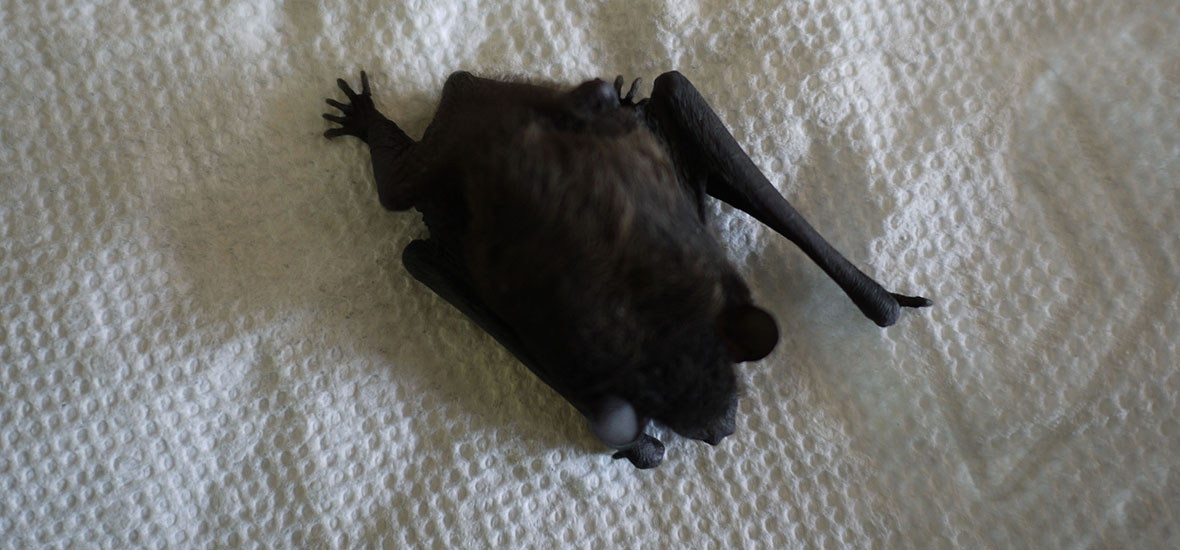- info@Carrolltonpestanimal.com
Call 24/7 for a free quote:
469-208-9931
Learn How Texas Bats Use Their Echolocation to Hunt Their Prey
Bats are indeed unique Carrollton creatures. They will use sound to help them navigate. This is the ability known as echolocation. Out of the 1,000 bats species, at least half of them are using echolocation when hunting their food, finding their roost, and evading obstacles. Echolocation is the utilization of the sonar alongside their psychological and physical features that enables the bat to see using the sound.

An Overview on the Echolocation of the Bats
The Texas bats can produce the sound they used for echolocation by contracting the voice box (larynx). There are also some species of bats that will create a clicking sound through their tongue. They will emit this echolocation sound using their mouth. However there are also unique types of bats such as the Hipposideridae and Rhinolophidae that will release it through their nostrils. They have that leaf-like structure that functions like a megaphone.
Frequency of the Bats Echolocation
The echolocation sound of the Carrollton bats is normally ultrasonic sounds that may range from 20-200 KHz in frequency. The frequency that is within the hearing capacity of the human is around 20 kHz. Nonetheless, we can still hear the clicking sound that they create. The sound that they produce may resemble the noise of two pebbles that are hitting together. Echolocations can be characterized through their frequency, duration, and intensity.
Pitch
With regards to the pitch, the Texas bats echolocation has both the FM calls and the CF calls. CF calls are the echolocation made in constant frequency while the FM calls have varying types of frequencies. Most types of bats will create an intricate sequence of echolocation. Generally, they have a habit of combining the FM and CF calls. The low frequency has the capacity to travel at a longer distance compared to the higher one. However, the higher frequency will allow the bats to gather more information. This may include the direction, speed, range, size, and the position of their prey. This is why they prefer to use the higher frequency.
Loudness
In view of the loudness of their echolocation, the bats can produce sound that is around 50-120 dB. This sound will be louder compared to a smoke detector that is positioned 10 centimeters away from our ear. This means that it will be damaging to our hearing organs. Little brown bats have been known to emit sounds that are within this rage. Fortunately, since the sounds are being released as ultrasonic, we do not have the ability to hear it.
The structure of the bat's external ear plays major role in receiving the sound. The wrinkles, folds and shapes can help the Texas bats in the reception of the echoes. The echolocation ability of the bats is truly astounding and amazing. If you want to understand it completely, you will have to comprehend the nature of the bats.
Different types of Carrollton bats will release sound in a varying frequency. This allows the experts to identify them by listening to the sound using a special type of bat detector.
Visit our Carrollton wildlife control home page to learn more about us.

